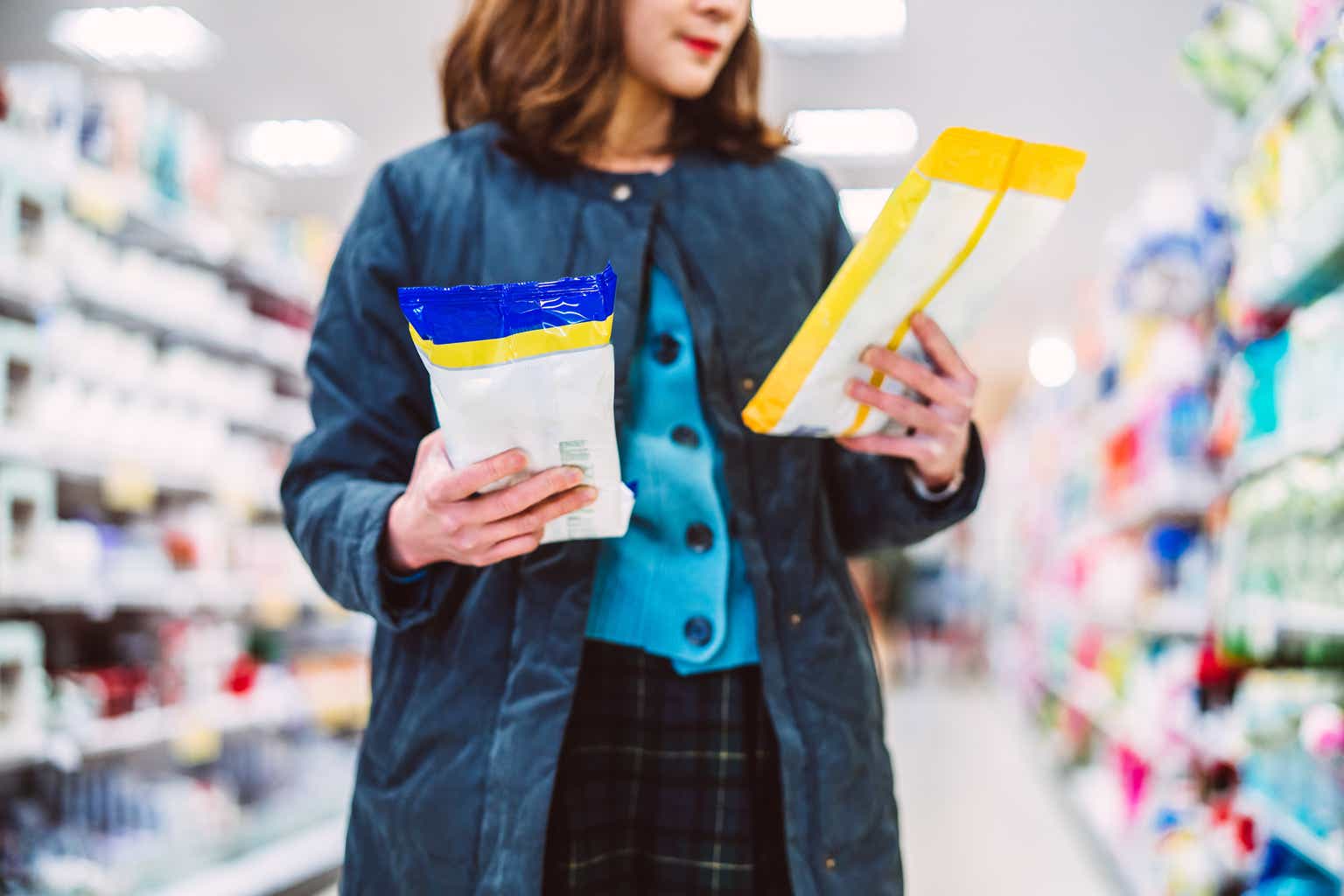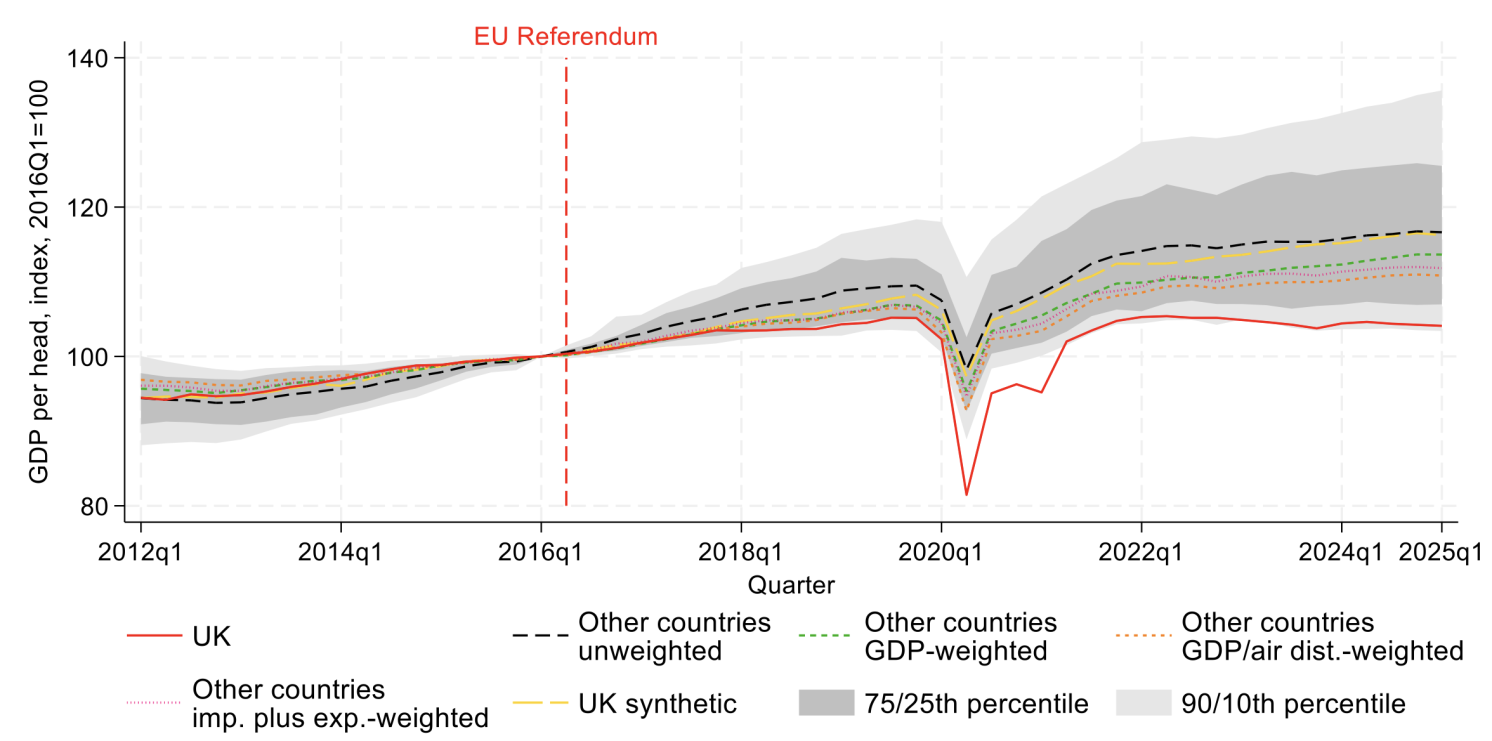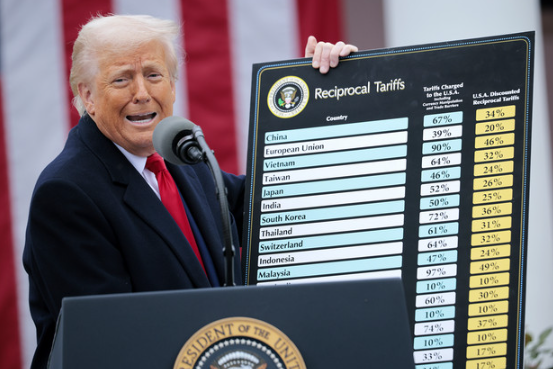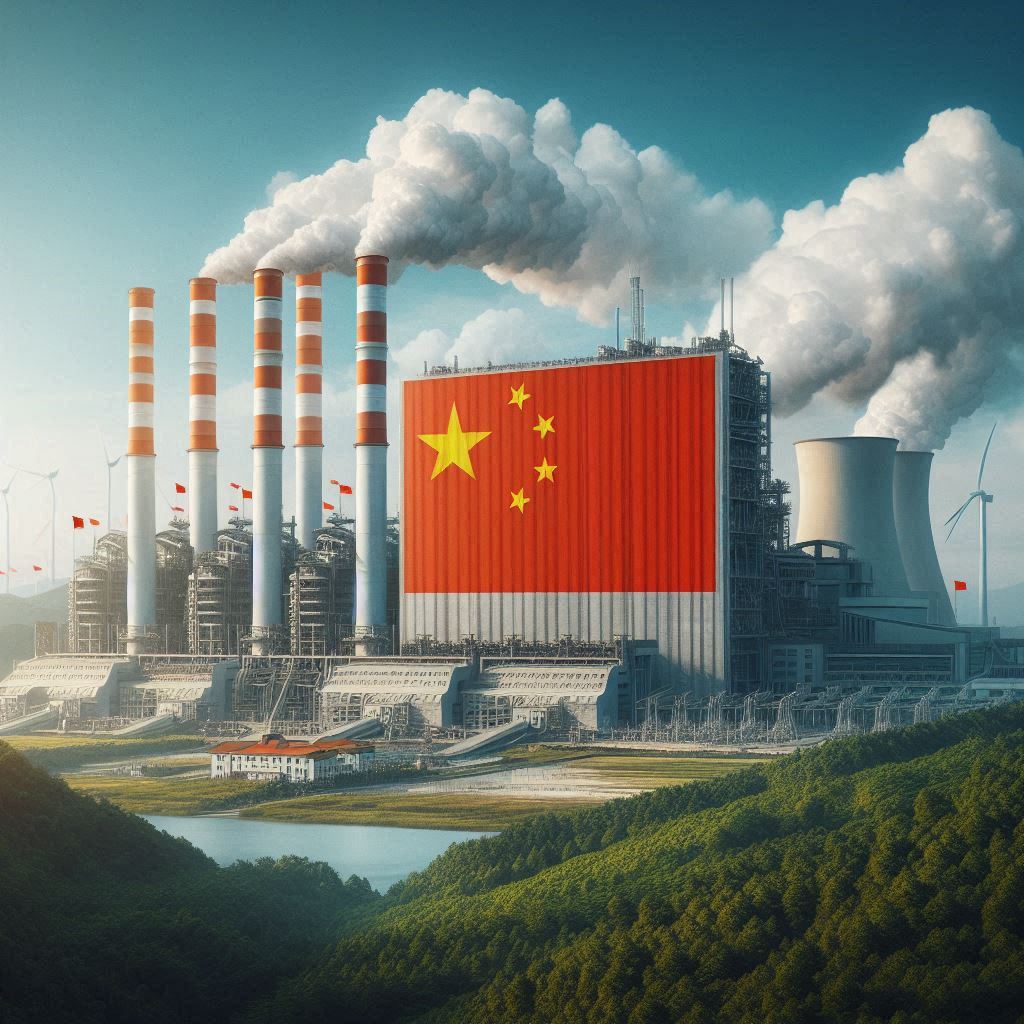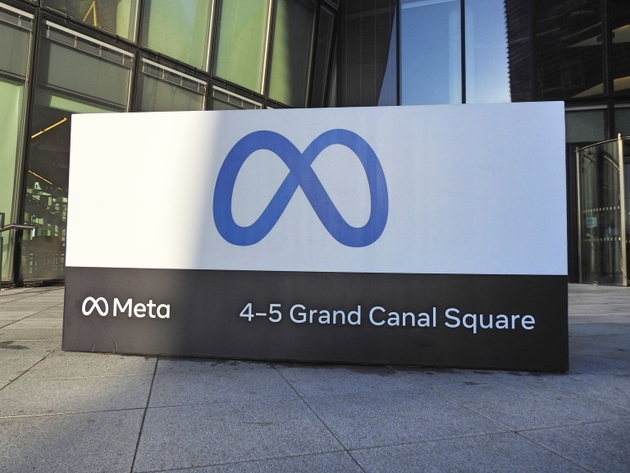© Reuters. FILE PHOTO: People walk along Nanjing Pedestrian Road, a main shopping area, following the outbreak of the coronavirus disease (COVID-19), in Shanghai, China May 10, 2021. REUTERS/Aly Song
BEIJING (Reuters) -China’s consumer prices rose at the slowest pace in more than two years in April, while factory gate deflation deepened, data showed on Thursday, suggesting more stimulus may be needed to boost a patchy post-COVID economic recovery.
The weak consumer price rise reinforces the signals from this week’s trade data suggesting domestic demand remains lacklustre, while the deflationary impulse in producer prices underlines the strains on factories – a double-whammy for the world’s second-biggest economy as it tries to shake off the COVID-induced damage.
The consumer price index (CPI) in April rose 0.1% year-on-year, the lowest rate since February 2021, and cooling from the 0.7% annual gain seen in March, the National Bureau of Statistics (NBS) said. The result missed the median estimate of a 0.4% rise in a Reuters poll.
Producer deflation also deepened last month, which taken together with the CPI data, highlights the broader economy’s struggles to rev-up after the lifting of COVID curbs in December.
The producer price index (PPI) fell at the fastest clip since May 2020 and was down for a seventh consecutive month, declining 3.6% year-on-year after a 2.5% drop the previous month. That compared with a forecast for a 3.2% fall.
China’s economy grew faster than expected in the first quarter thanks to the lifting of COVID curbs but the recovery has been uneven. Recent data showed factory activity contracted, while persistent weakness in the property market remains a concern.
The reopening probably put some upward momentum on services inflation, but it was in large part offset by slowing growth in food and energy prices, analysts say.
The latest data could raise pressure on the People’s Bank of China (PBOC) to cut rates or release more liquidity into the financial system. It cut lenders’ reserve requirements ratio (RRR) for the first time this year in March.
“Headline (CPI) rate will remain well below the government’s ceiling of ‘around 3.0%’; that gives breathing room for PBOC officials concerned about the durability of the economic rebound to keep policy rates on hold,” said Zichun Huang, China Economist at Capital Economics.
PBOC TESTED
Overall inflationary pressures remain low with the core consumer inflation, which excludes volatile food and energy prices, up 0.7%, unchanged from the previous month.
The statistics bureau attributed the weaker consumer inflation to the base effect. Vegetable prices extended their decline to 13.5% and pork, a major driver of CPI, slowed its price growth to 4.0% from 9.6% in March.
Analysts are split on whether the central bank will continue to ease policy as record credit growth is likely to limit the extent of any monetary support it’s able to provide.
“China is still in the stage of disinflation, not deflation. The post-reopening recovery boosted by the Labour Day holidays could further spur CPI numbers in May, meaning there is less urgency for large-scale monetary easing in the near term,” said Bruce Pang, chief economist at Jones Lang Lasalle (NYSE:).
Top leaders pledged in a Politburo meeting last month to maintain support for the economy, focusing on boosting domestic demand.
“Securing income growth and improving consumer confidence remain key policy priorities for delivering a more sustainable consumption recovery,” said Pang.










